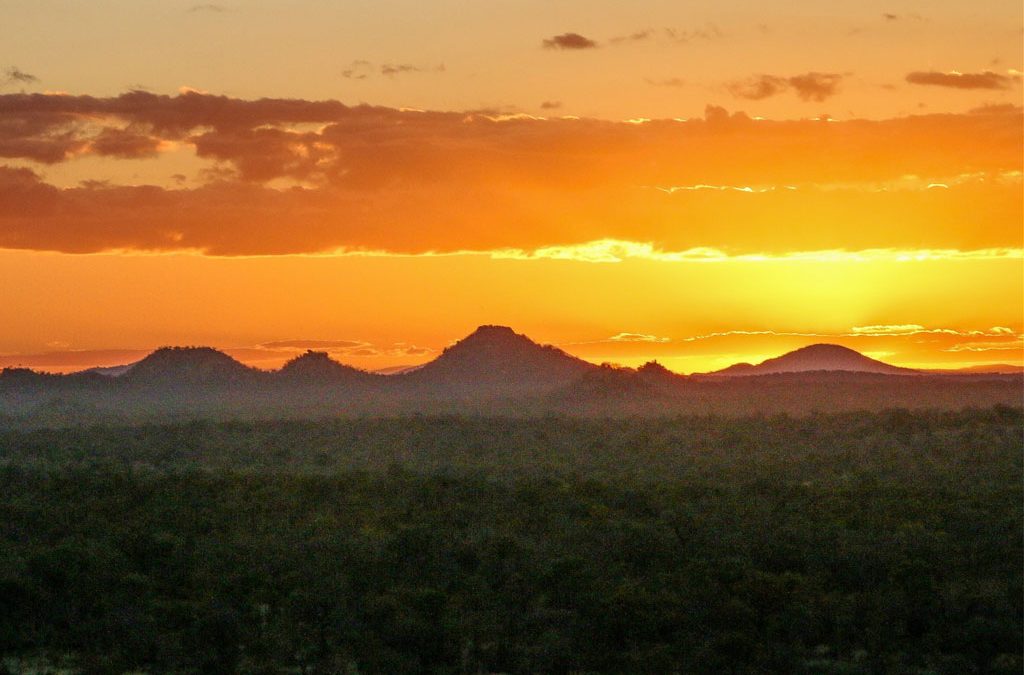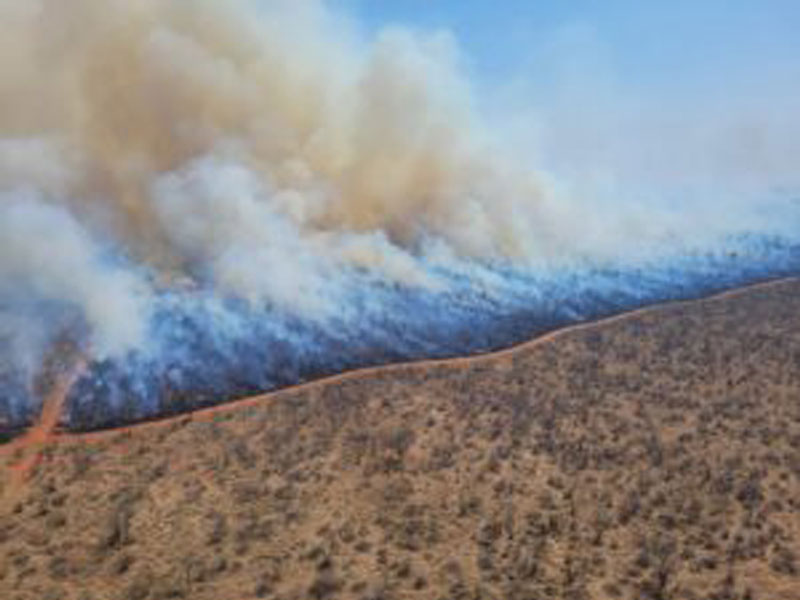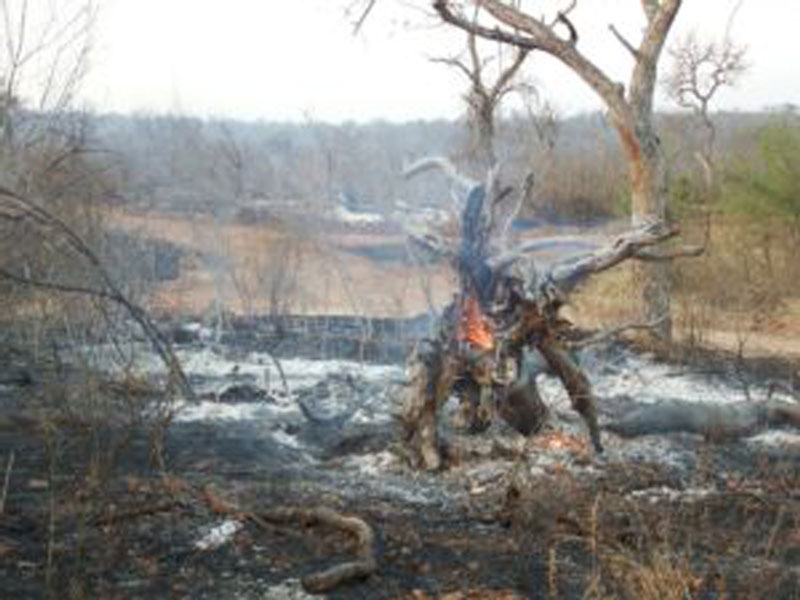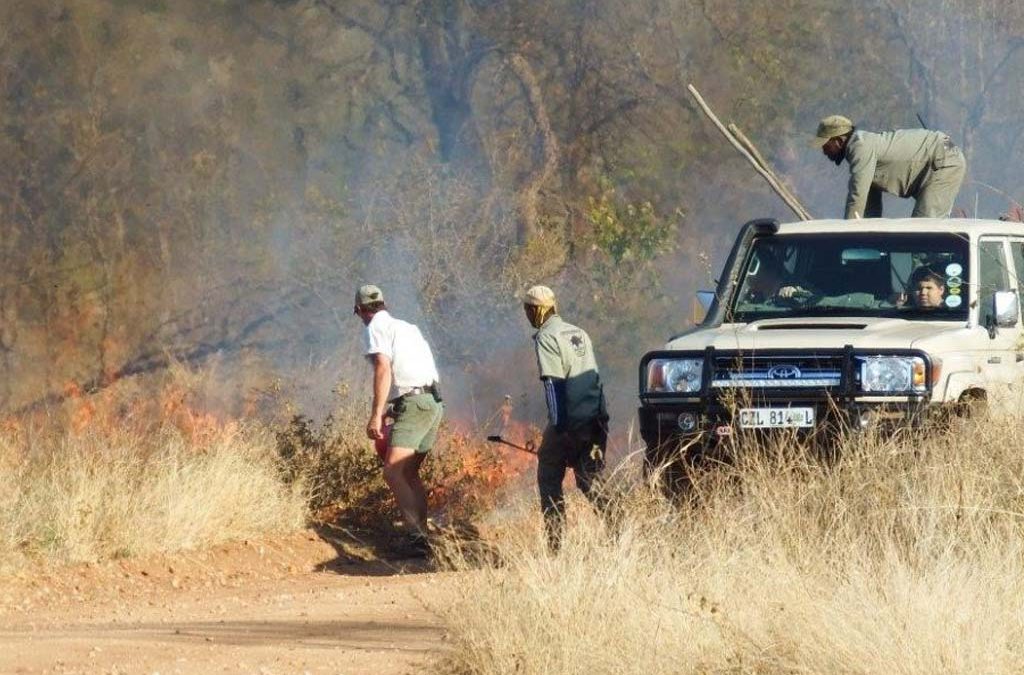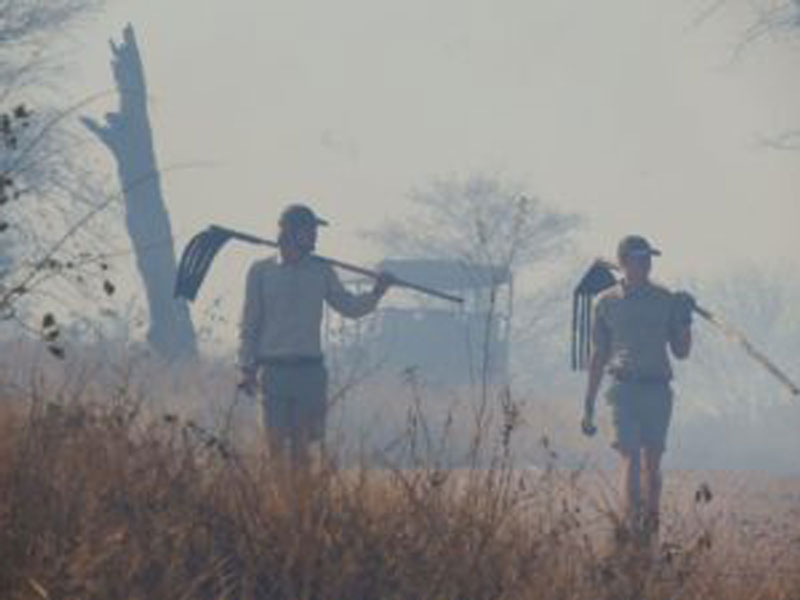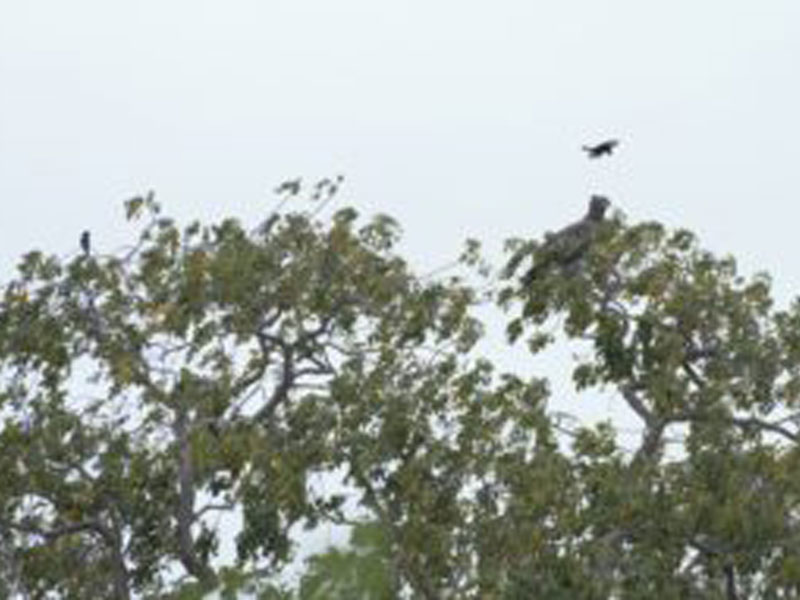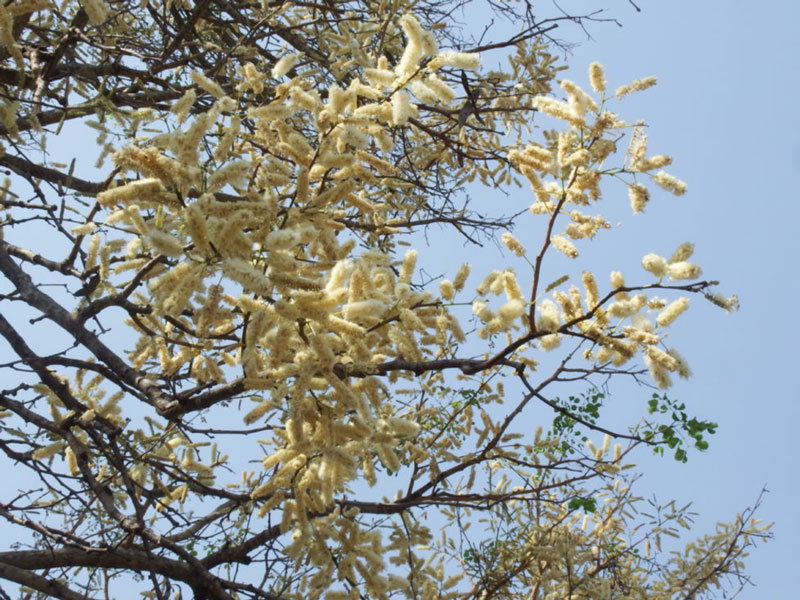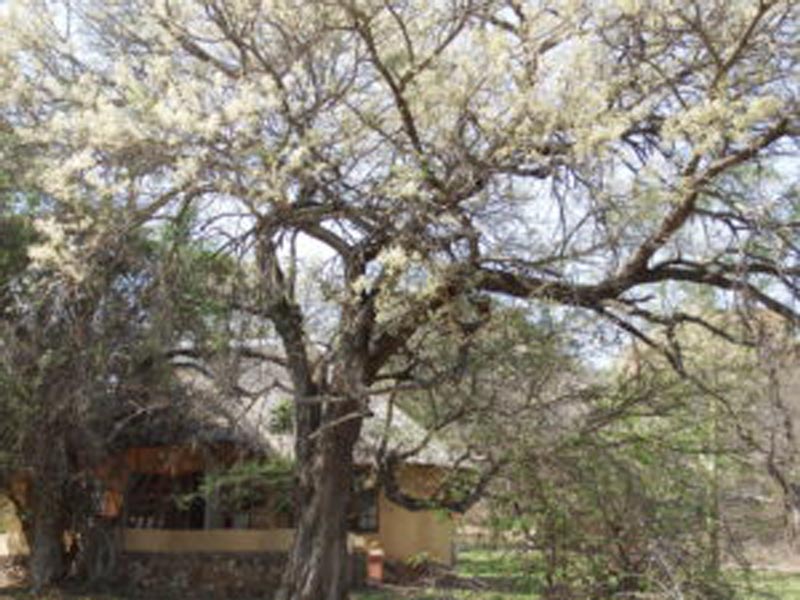
Hoedspruit Takes Flight: A New Gateway for Adventure
Big news from Maruleng Tourism: Hoedspruit’s Eastgate Airport is positioning itself as a premier travel hub to the Greater Kruger region and stunning Panorama Route.
Key Highlights
Flight Growth:
- Airlink has increased daily flights between Johannesburg and Hoedspruit.
- Cape Town to Hoedspruit services have doubled, enhancing direct access.
Flight New Cape Town Route:
- Starting October 2025, FlySafair will launch three weekly flights between Cape Town and Hoedspruit—on Tuesdays, Thursdays, and Saturdays—further improving accessibility from the Western Cape.
Moving Towards International Status:
- Local authorities and tourism stakeholders support granting Eastgate Airport international airport status. Discussions are reportedly underway, with hopes to finalise licensing soon.
Tourism & Economic Uplift:
- Mayor Tsheko Musolwa and the Maruleng Chamber chair hailed the developments as a major boost for tourism and economic growth.
- The increased air traffic is seen as a “victory for the entire travel and tourism sector in Maruleng.”
Strategic Location:
- Eastgate Airport sits at the foothills of the Drakensberg near Hoedspruit and shares runways with the South African Air Force base. It’s the busiest airport in Limpopo, offering charter and scheduled services for tourists visiting Kruger and private game reserves.
Why This Matters:
- Seamless Access to Safari Destinations: Many game lodges and Kruger Park gates are within 1–2 hours’ drive from Hoedspruit.
- More Options for Cape Town Visitors: Direct flights cut out the need to route via Johannesburg.
- Stronger Tourism Infrastructure: Elevating Eastgate to international status could draw direct foreign arrivals, especially from Europe and the Americas.
- Local Impact: Tourism expansion supports broader economic growth and job creation in Maruleng.

